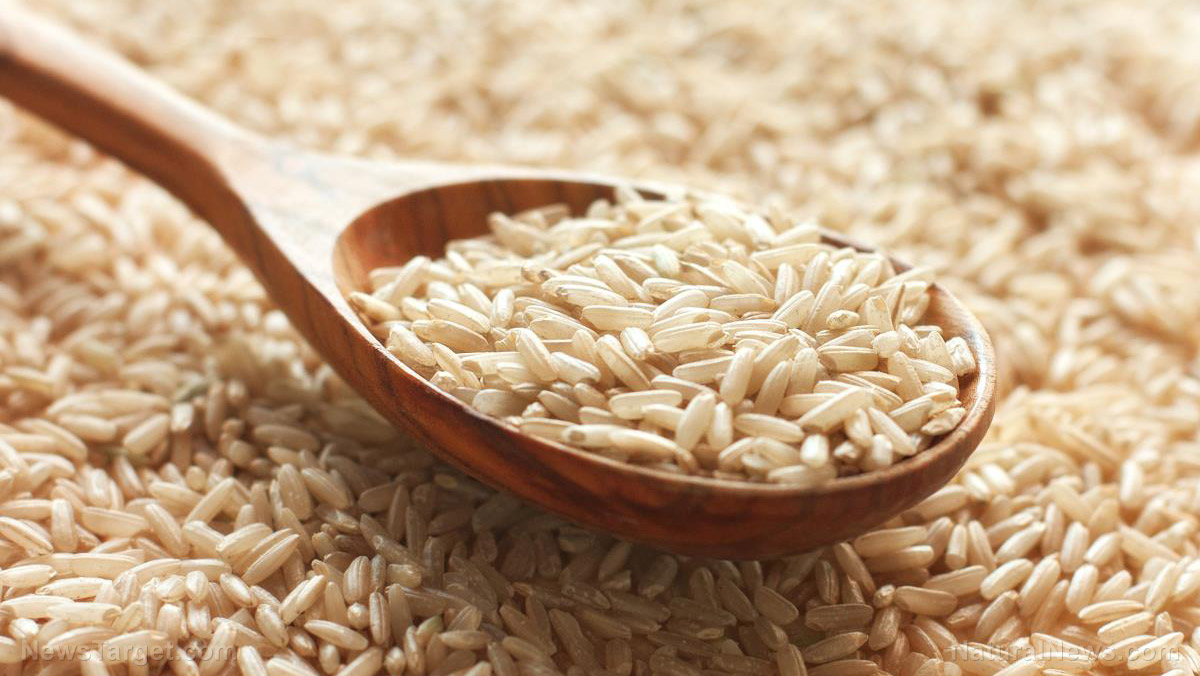
Advertisement
You may be introducing heavy metals into your body unknowingly through your food — specifically, rice. This is according to a team of researchers from the South China Agricultural University and the Sierra Leone Agricultural Research Institute’s Rokupr Agricultural Research Center, who found that rice can actually take up and store the heavy metal cadmium in its grains.
According to the research team, the accumulation of cadmium in rice plants starts with soil contamination, which is caused by a variety of factors such as the industrial emission of pollutants, followed by practices such as the use of artificial fertilizers as well as irrigation with contaminated wastewater.
This contamination is troubling, given that rice forms the staple food for a greater proportion of the world’s population.
In fact, a separate study found that rice accounts for as much as 50 percent of the total cadmium intake for certain populations that live in areas where rice is considered to be a staple food. This makes cadmium contamination a global concern, especially in terms of crop productivity and food safety.
There is good news, however: cadmium uptake in rice can still be minimized, if not stopped entirely.
This can be done through various management strategies, such as the addition of organic biochar and other natural amendments to the soil, and even the use of a specific fungus that can absorb and reduce the presence of cadmium in the environment.
Among the most promising methods to minimize cadmium uptake in rice crops are the following:
Use biochar and crop straw as soil amendments
A separate study found that biochar – a charcoal-like substance made by burning organic material from agricultural and forestry wastes in a controlled environment – had significant effects on decreasing cadmium availability in the soil. This was especially true when used in tandem with crop straw.
Biochar mainly relies on the ion exchange of metal cations on its surface, as well as the precipitation or complexation of metal ions to inhibit the uptake of cadmium by plants. Crop straw, meanwhile, mainly relies on the decomposition products produced by soil microbes.
These findings suggest that biochar and crop straw could be used as environment-friendly amendments that can successfully prevent plants such as rice from absorbing the cadmium present in the soil.
Construct rice-fungus co-systems
One of the more experimental methods listed by experts involves adding a solution containing spores from the fungus T. pubescens to rice seedlings. The spores help prevent cadmium toxification for the rice, making it a breakthrough for farmers who wish to grow cadmium-free crops. The researchers note, however, that they have yet to scale up the process to make it applicable for large-scale farming.
What is cadmium?
Cadmium is a heavy metal that is produced mainly as a by-product of several industries such as mining, smelting and the production of batteries.
It is also known to be highly toxic to plants and animals and microorganisms. Notoriously persistent, cadmium cannot be broken down into less toxic substances in the environment and is also known to accumulate in the liver, kidneys and bones over one’s lifetime.
It is also considered to be a carcinogen and is linked to the development of certain cancers such as that of the lung, prostate, kidney and pancreas.
Other health risks linked to this heavy metal include the following:
- Formation of kidney stones
- Osteoporosis
- Osteomalacia or softening of the bones
- Pneumonitis with pulmonary edema
In addition, exposure to cadmium has also been linked to possible chromosomal damage and genomic instability.
According to experts, exposure to cadmium usually happens during the disposal and recycling of electronic waste, as well as old toys, plated jewelry and certain types of plastics. As mentioned earlier, it can also be ingested through food such as fish, mollusks and shellfish, as well as vegetables, cereals and even certain root crops.
How can I get rid of cadmium in rice?
It may come as a surprise but according to new studies, the best way to prevent the ingestion of cadmium through rice is by thoroughly washing the grains.
According to a group of researchers from the Henan University of Technology in China, subjecting rice to a cycle of repeated soaking and washing before being cooked, helped to lower its cadmium content, thereby making it safe for human consumption.
Sources:
Advertisements







